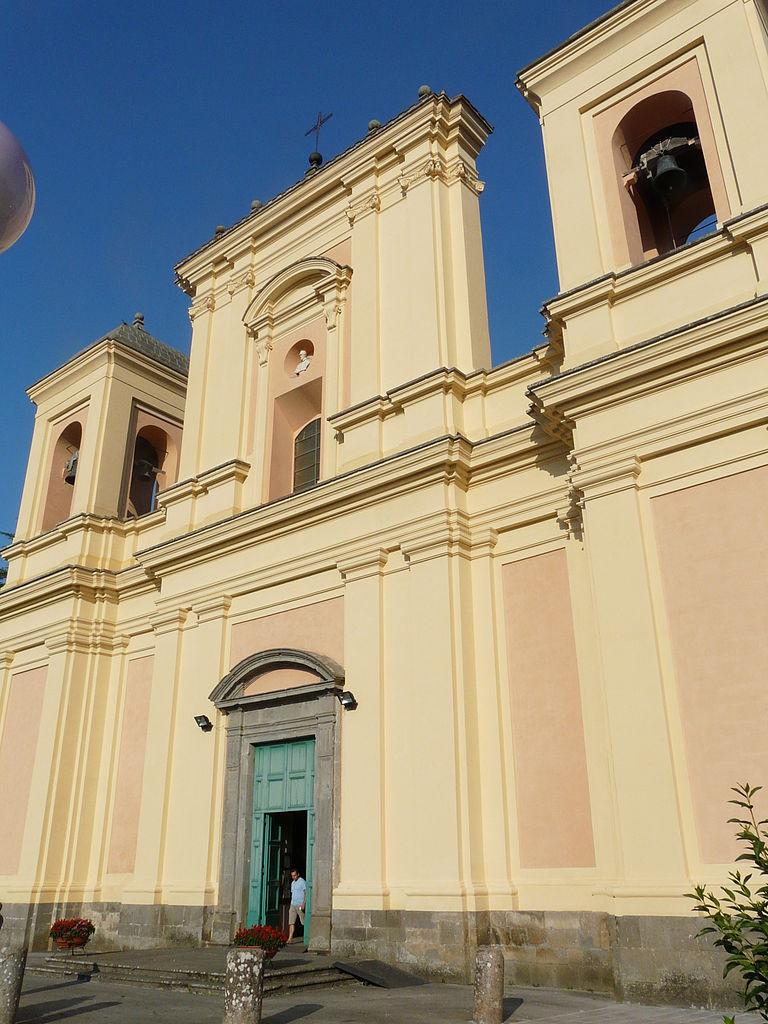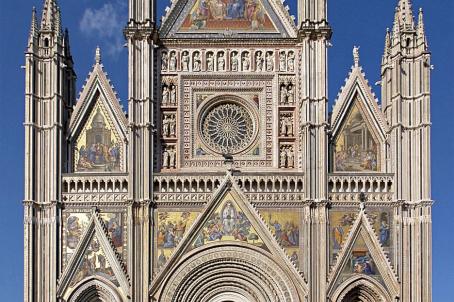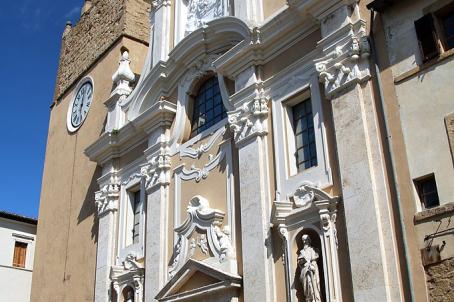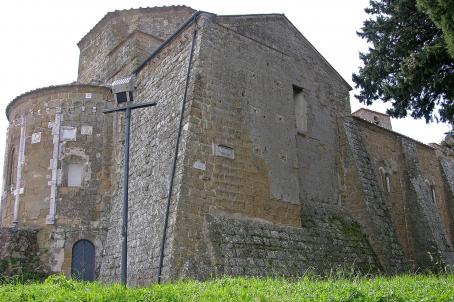Acquapendente Cathedral
Acquapendente Cathedral is a 10th century Romanesque basilica and historically belongs to the Benedictine order. It is dedicated to the Holy Sepulchre because it preserves a blood-stained stone which, according to tradition, comes from the Holy Sepulchre in Jerusalem. In medieval times, the basilica was frequented by pilgrims and crusaders, being situated on the Via Francigena towards Rome. It became a cathedral in 1649 and has undergone many embellishments over the centuries. The façade of the building is the result of restoration works promoted in 1746 by Pope Benedict XIV.






